Are you having a hard time staying in a cold basement bedroom during winter? Don't worry! We researched all the necessary information you need to know about how you can make your room warm to keep you comfortable.
To heat a basement bedroom, here are some heating systems you can choose from depending on what suits your basement:
- Insulation
- Fireplace
- Pellet Stove
- Radiant Heating
- Baseboard Heater
- Ductless Heat Pump
- Portable Heater
- Wall Heater
We will thoroughly discuss each item above to help you decide which method works the best for you. So lean back and keep on scrolling down.

Ways To Heat Your Basement Bedroom
If you are having a hard time choosing what to do to heat your cold basement room, let's elaborate on each of the methods we have listed above so you'll understand how they can help ease the freeze.
Insulate Your Basement
First thing's first. Check all surfaces of your bedroom's walls, floor, and windows for any holes. Hold a piece of light paper near them. If the air moved the object you are holding, you probably found the leak.
Cold air may enter through the gap, making it hard for whatever equipment you use to keep your room warm. Here's how you can insulate parts of your bedroom.
Wall
There are three types of material you can use to patch your basement walls with:
- Spray Foam: This is a polyurethane foam that can be sprayed into an open cavity. Spray foam's benefits include deterring moisture, lasting for a long time, being cheap, and being easy to apply.
Click here to see this spray foam on Amazon.
- Foam Board: Use this material when your basement walls tend to get wet since they do not retain water. This is more expensive and is a great alternative to fiberglass batt insulation.
Click here to see this STYROFOAM XPS Foam Board on Amazon.
- Fiberglass: Relatively the most inexpensive among the three, fiberglass insulation is flexible for installation. However, it is permeable and can hold moisture, creating an opportunity for mildews and mold to grow.
Check out this Home Intuition fiberglass wrap on Amazon.
Floor
Concrete floors can be insulated by installing sub-floors. The only concern here is watching out for the ceiling since it can raise your floor level. A raise on the ground is a decrease in ceiling height. You will also need to elevate your doors.
Window
Buying a window insulation kit or storm window is an excellent way to shield the open areas of your window.
Click here to see this window kit on Amazon.
For more insight, check out this post: How To Insulate Basement Windows.
Build A Traditional Fireplace

If you are considering installing a fireplace, consult a fireplace expert to make sure it is built safely. Fireplaces come in different types. They can decrease your energy consumption and illuminate your room with warm light coming from the fire.
However, installing a fireplace is not for all basements. You need to take ventilation, space, and wiring into consideration. Aside from that, problems might arise from homeowners insurance with this source of the heater underground.
Opt For Pellet Stove
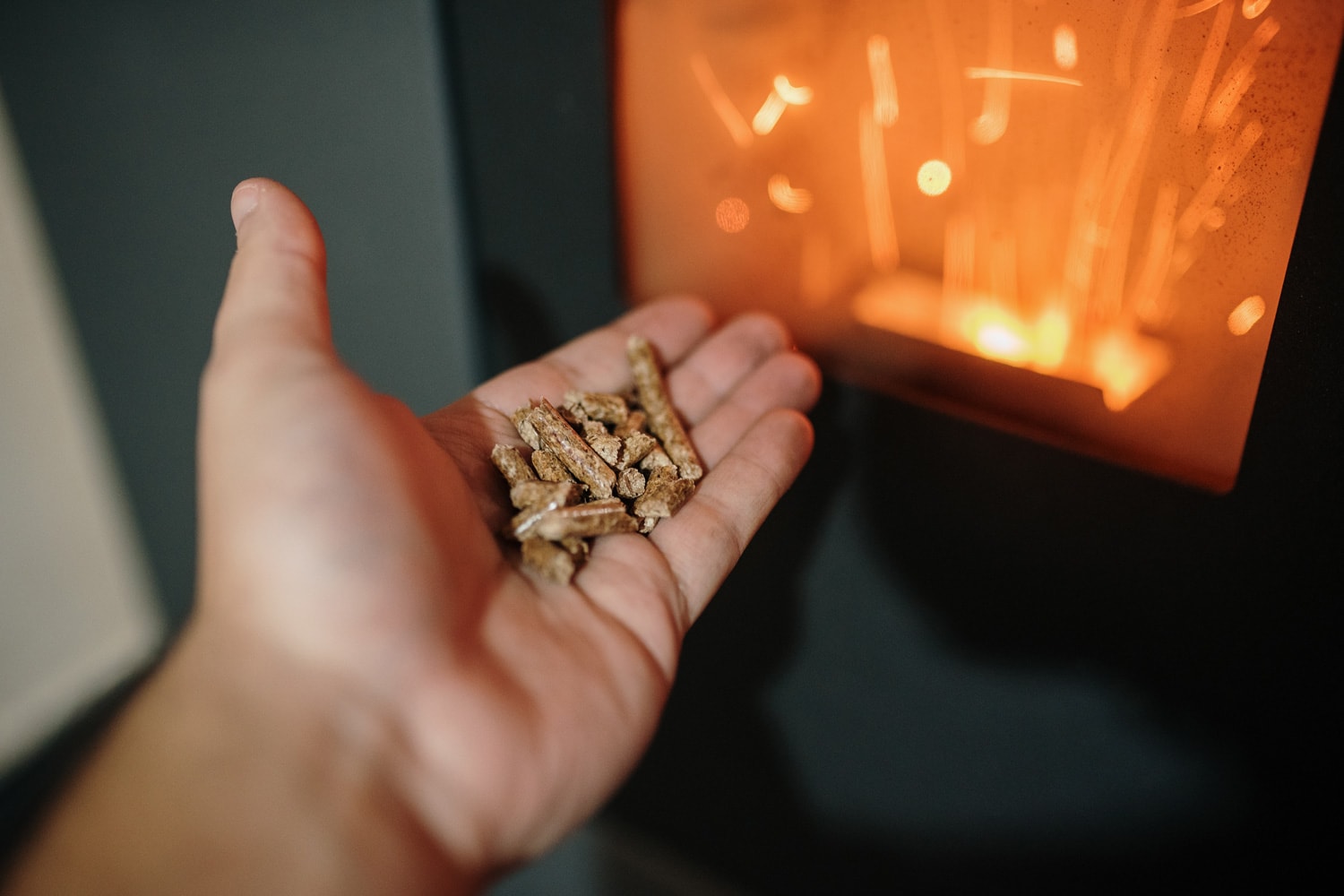
The pellet stove is efficient, environmentally friendly, and cost-effective. They are easy to use since they have automatic electric ignition. Contrary to a traditional fireplace, it does not produce smoke, so the owner does not need to worry about chemicals that they may inhale.
On the other hand, a pellet stove is composed of motor parts [auger motor and built-in ventilation system], so noise is made when it's in use.
Level Up With Radiant Heating
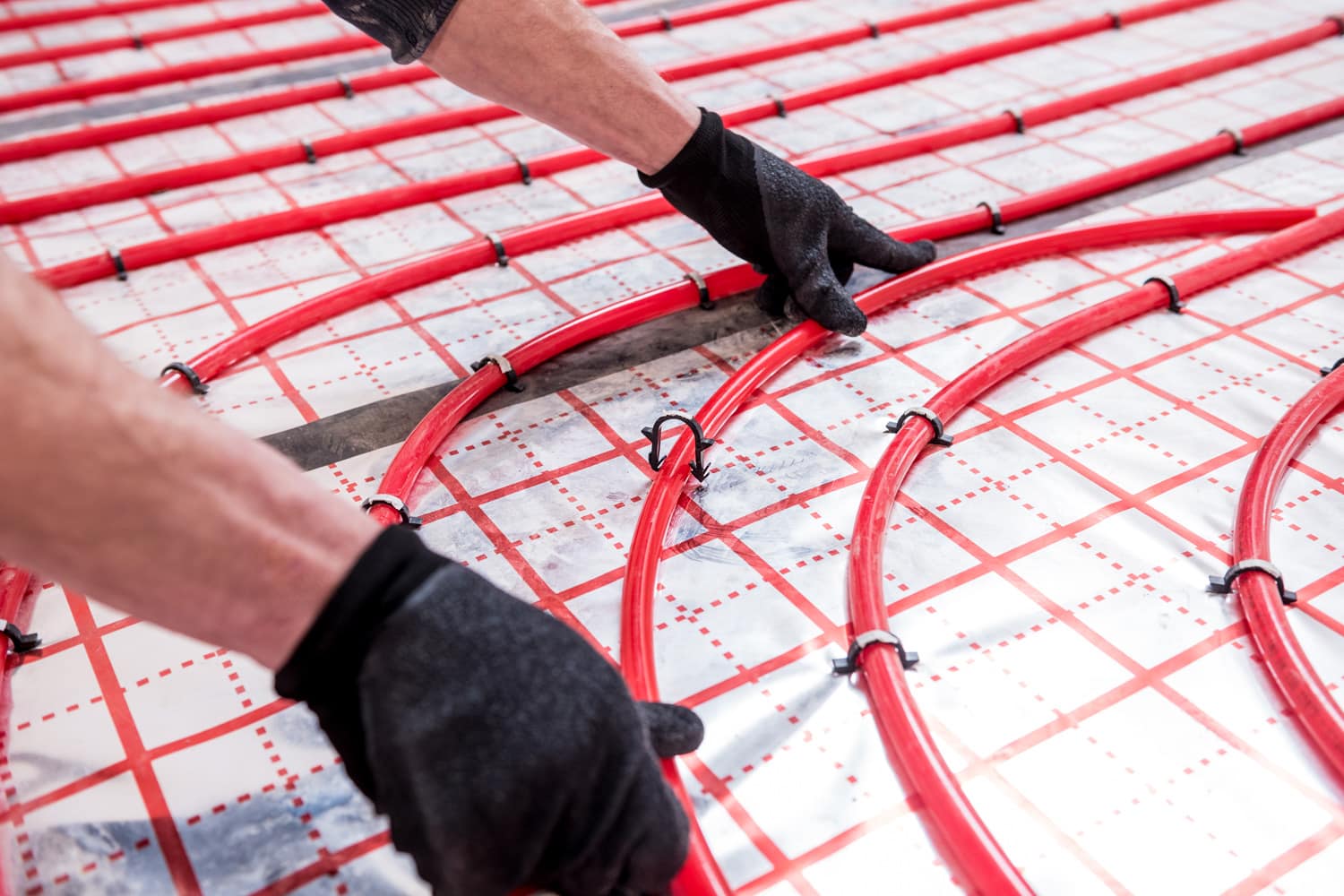
Radiant floor heating is an excellent choice for heating concrete floors. This works depending on its type.
If it is hydronic, tubes installed under the floor are being filled with circulating warm water. With electric radiant floor heating, electric cables are being heated instead.
Aside from warming up the space, it evaporates moisture which helps reduce the formation of mold and mildew.
Radiant heating is hard to install, requires help from professionals, and is expensive at $6 to $20 per foot, depending on the type.
Conceal With Baseboard Heater
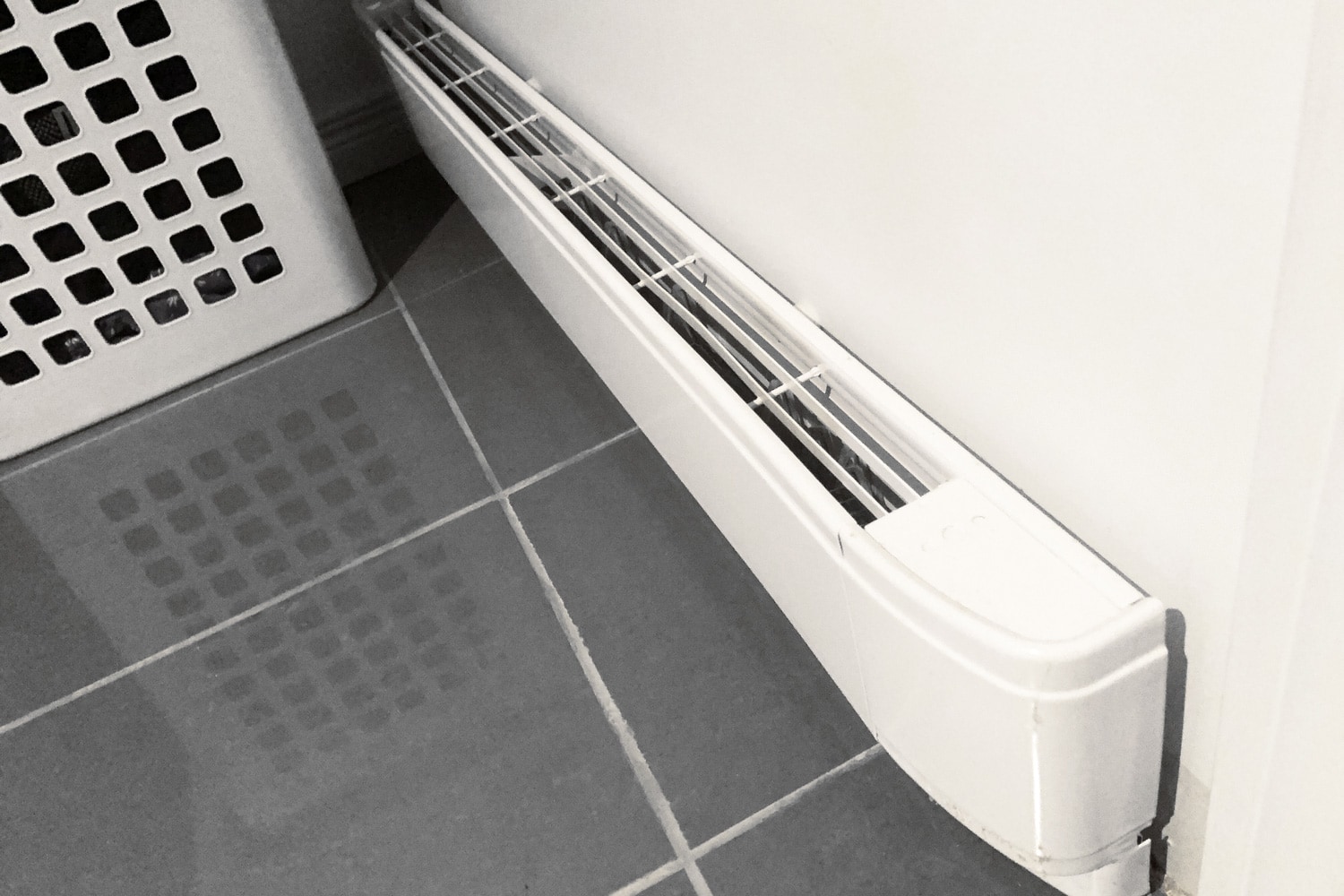
Also known as "electric resistance heating," the baseboard heater heats the cold air near the floor and releases it upwards to warm the room. It is very convenient since vents, furnaces, and ducts are not required to make it function. So it is easier and cheaper to install.
A baseboard heater is not a common choice since it uses more electricity and is expensive to run, especially on winter days when it has to work hard. Another con is that this heater turns hot during the long run, making it dangerous for kids that roam around the house.
For more details, look into this other post: How Hot Do Baseboard Heaters Get?
Warm It Up With Ductless Heat Pump

Consisting of a pipe that connects the air handler [indoor unit] and a condenser [outdoor unit], the ductless heat pump takes in warm air from the outside towards the inside of your home. Ductless pumps are more efficient and save more energy and space than a ducted heat pump.
But a ductless pump has outdoor units that may ruin your exterior design and provide a low level of airflow since its air handler is small.
Learn how to maintain your ductless heater by checking out this article: How To Clean A Ductless Air Conditioner [Including The Filter].
Portable Heater
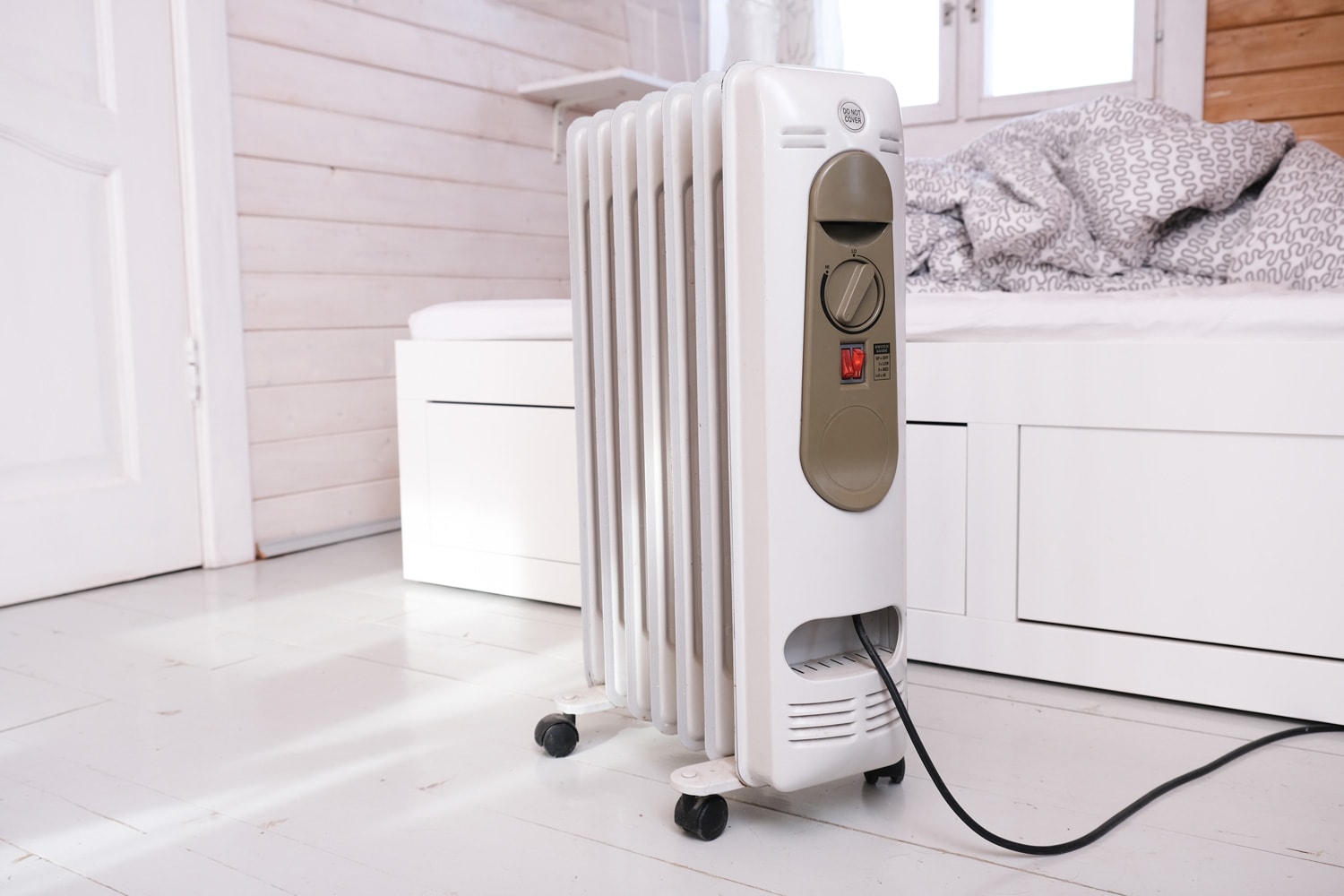
A portable heater is a go-to warmer wherever you are in your basement bedroom. Place it where a plug is available and hot air will instantly be blown. Additionally, portable heaters are cheaper to operate than any heating equipment.
According to National Fire Protection Association, portable heaters are one of the top fire causes. If you are considering buying one, do not leave it unattended and do not use it in an area for a long time.
Wall Heater
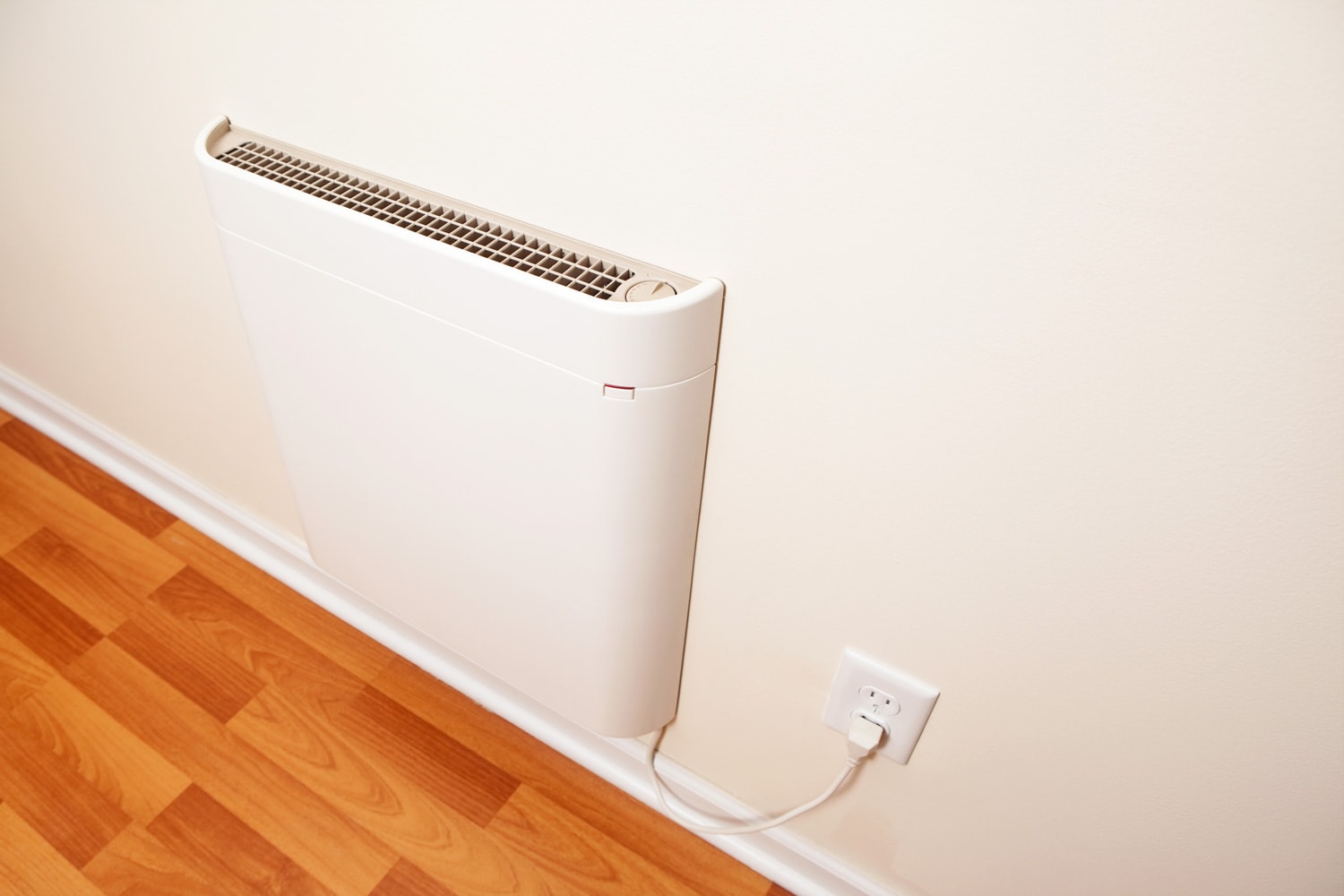
Wall heaters inhale cold air and then exhale it back as a warm breeze. They do not take floor space since they are attached to the wall. In addition, it usually has a temperature dial feature [a thermometer that indicates the measurement of the temperature].
Using minimal energy to heat up, wall heaters demand little maintenance and can stay hot for hours even after it is turned off.
What Is The Ideal Bedroom Temperature?
According to Sleep Foundation, the best temperature for a bedroom is more or less 65 degrees Fahrenheit. Doctors recommend keeping the thermostat between 60 to 67 degrees Fahrenheit to get the most comfortable sleep no matter the season.
Our body's temperature fluctuates by 2 degrees Fahrenheit while sleeping. Keeping your bedroom cool helps prevent discomfort and restlessness caused by warm temperatures.
Sleeping in toasty air can also cause perspiration and dehydration, resulting in poor sleep quality.
Does A Dehumidifier Make A Basement Warmer?
How Can I Heat My Bedroom Cheaply?

Wrap a blanket scarf around you
Aside from sweaters, scarves can insulate your mouth and nose when covered with them. Keeping the upper back of the neck where the heat sensor is, helps regulate body temperature.
Envelop the bare floor with a rug
This layer acts as a barrier between the cold ground and the sole of your feet. The thicker it is, the more it can keep your feet warm. A wool rug is the best choice of material.
Use a terracotta pot heater
Lighting up a candle under a Terra cotta pot works by absorbing and maintaining the heat from the candle centralized. The pot will emit enough heat to feel when you stand near it.
Put a heat compress under the cover
This can add warmth to your body, but be careful and remember to put it away before you sleep to prevent your skin from burning.
Drink a hot cup of liquid
May it be coffee or a freshly boiled soup; warm fluid can raise your body temperature, and your body can absorb the steam.
Move your body
Physical activities can increase your blood flow, letting your body feel warmer. Stand on your feet and do exercises like jumping jacks, dancing, or simply putting your hands in your armpits. It is one of the warmest parts of the body.
In Closing
Now that you know the various methods to heat a basement bedroom, you can go for the best one for your basement, especially as a freezing temperature can affect your body's ability to fight viruses and infections. Make sure to stay protected against the cold even if you are in the comfort of your own home. Keep warm!




